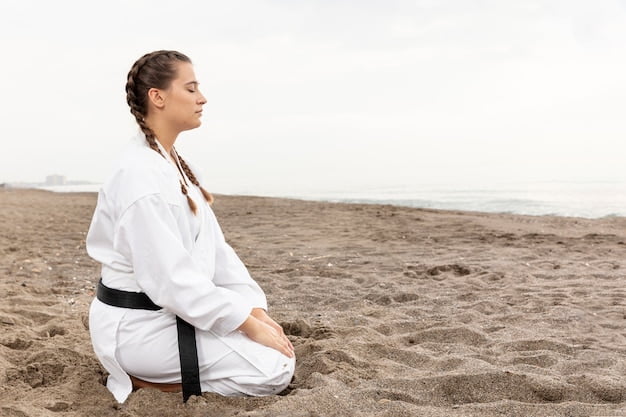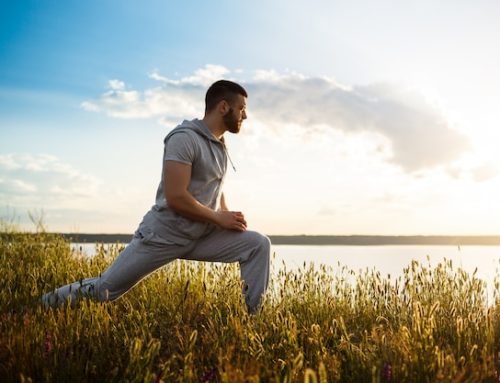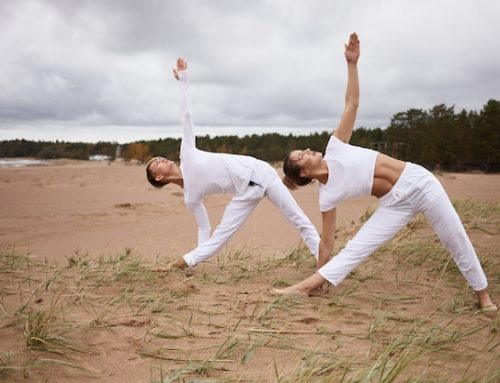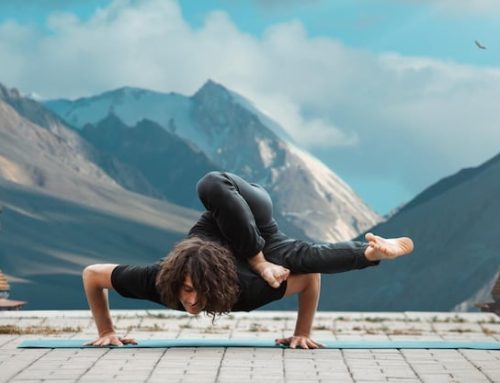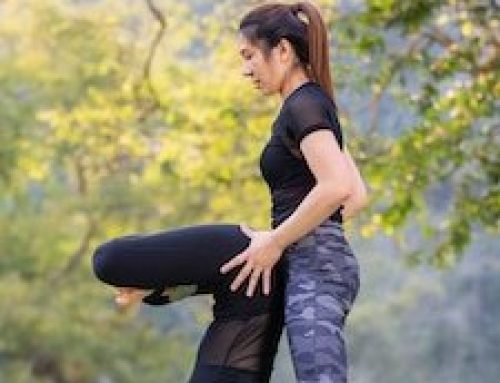What does Tai Chi mean literally?
Tai Chi is an ancient Chinese martial art that is known for its gentle movements, intricate postures, and deep meaning. The term ‘Tai Chi’ is derived from the Chinese concept of yin-yang, which represents the opposing forces of nature. Tai Chi is believed to harmonize these forces, thereby promoting good health, balance, and well-being.
Literally translated, Tai Chi means ‘supreme ultimate’. The term refers to the philosophical concept of constantly changing balance between opposing forces. Tai Chi is based on the principle of ‘softness overcomes hardness’. It emphasizes the use of gentleness, flexibility, and relaxation to overcome strength and force.
How did Tai Chi originate?
Tai Chi originated in ancient China as a martial art. It has a rich history that dates back to the 12th century. According to legend, Tai Chi was created by a Taoist monk named Zhang Sanfeng. Zhang was inspired by the movements of a snake and a crane, which he observed fighting in his garden.
Tai Chi was originally a fighting style that emphasized slow, flowing movements and deep breathing. Over time, Tai Chi evolved into a holistic practice that promotes physical and mental health. Today, Tai Chi is practiced all over the world as a form of exercise, meditation, and self-defense.
What are the health benefits of practicing Tai Chi?
Tai Chi has been shown to have numerous health benefits. Here are some of the most significant:
| Health Benefit | Description |
|---|---|
| Improves balance and flexibility | Tai Chi involves slow, flowing movements that improve balance, coordination, and flexibility. It can be especially beneficial for older adults who are at risk of falls. |
| Reduces stress and anxiety | Tai Chi is a form of meditation that can help reduce stress and anxiety. It encourages deep breathing and relaxation, which can help calm the mind and reduce tension in the body. |
| Increases muscle strength and endurance | Tai Chi involves holding postures for extended periods, which can increase muscle strength and endurance. It is a low-impact exercise that is gentle on the joints. |
| Improves cardiovascular health | Tai Chi has been shown to improve cardiovascular health, including lowering blood pressure and reducing the risk of heart disease. |
| Relieves pain and stiffness | Tai Chi can help relieve chronic pain and stiffness, including back pain, arthritis, and fibromyalgia. |
What does a typical Tai Chi class involve?
A typical Tai Chi class involves a series of postures or movements performed in a slow, flowing manner. The movements are designed to promote balance, coordination, and relaxation. Classes may be taught in a group setting or one-on-one with an instructor.
A typical Tai Chi class may involve the following components:
- Warm-ups: gentle stretching exercises to prepare the body for movement
- Qigong: a series of breathing exercises to promote relaxation and focus
- Tai Chi form: a series of postures or movements performed in a slow, flowing manner
- Cool-downs: gentle stretching exercises to cool down the body and promote relaxation
What equipment is needed for practicing Tai Chi?
Tai Chi is a low-impact exercise that requires little equipment. The most important item is comfortable clothing that allows for ease of movement. Loose-fitting pants and a T-shirt are recommended.
In addition to clothing, some practitioners may use the following equipment:
- Tai Chi shoes: lightweight shoes with a flexible sole that provide good traction and support
- Tai Chi fan: a fan that is used as a prop during certain Tai Chi movements
- Tai Chi sword: a lightweight sword used in some advanced Tai Chi forms
Conclusion
In conclusion, Tai Chi is an ancient Chinese martial art that has been practiced for centuries. It is a gentle, low-impact exercise that has numerous health benefits, including improving balance and flexibility, reducing stress and anxiety, increasing muscle strength and endurance, improving cardiovascular health, and relieving pain and stiffness. Practicing Tai Chi can be a great way to improve overall health and well-being.
